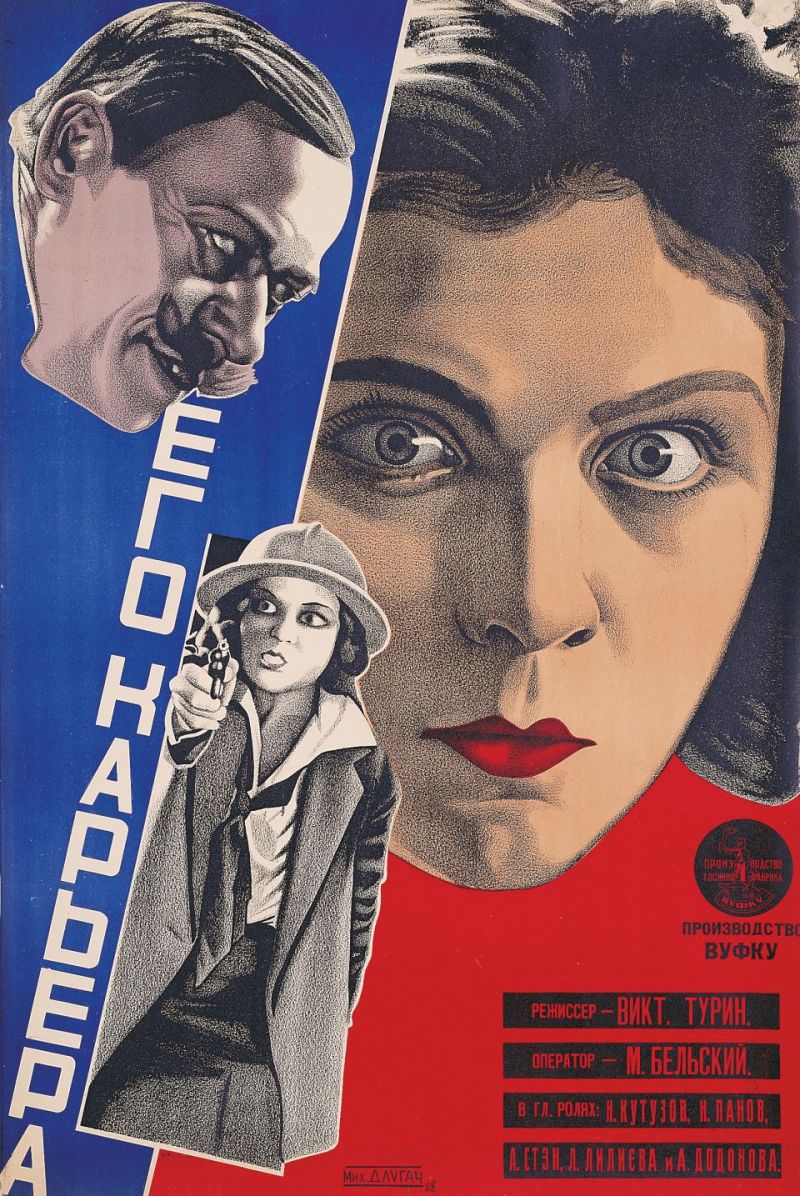The Distinct Art of Russian Avant-Garde Film Posters
In the early 20th century, Russian film posters showcased a remarkable divergence from their Hollywood counterparts, reflecting the rich cultural and social transformations occurring at the time. During this period, the nation experienced a social revolution, driving creative experimentation and innovative artistic expressions.
The Creative Revolution
Artists of the Russian avant-garde believed that creativity should serve the people and improve everyday lives. This ideology significantly influenced the design of film posters, which became a powerful medium for societal expression.
Innovative Techniques and Styles
Poster-making emerged as the perfect vehicle for avant-garde thinking, allowing artists to explore new techniques and styles. They employed methods such as photomontage, integrating vivid colors, unusual shapes, and distorted human figures to convey dynamic narratives.
New Artistic Perspectives
- Adoption of photomontage techniques to create impactful visuals.
- Use of vibrant color palettes that captured attention.
- Incorporation of abstract shapes and images, breaking traditional art boundaries.
Breaking Away from Tradition
Many designers involved in poster creation came from traditional artistic backgrounds. However, they chose to break away from Hollywood’s glamorous allure. Instead, they embraced avant-garde philosophies, disrupting conventional artistic norms and paving the way for a fresh cinematic language.
Conclusion
The evolution of film poster art in early 20th-century Russia stands as a testament to the power of creativity during a time of upheaval. Through innovative techniques and visionary thinking, these artists not only transformed the landscape of poster art but also contributed significantly to the broader narrative of Russian culture and identity.











